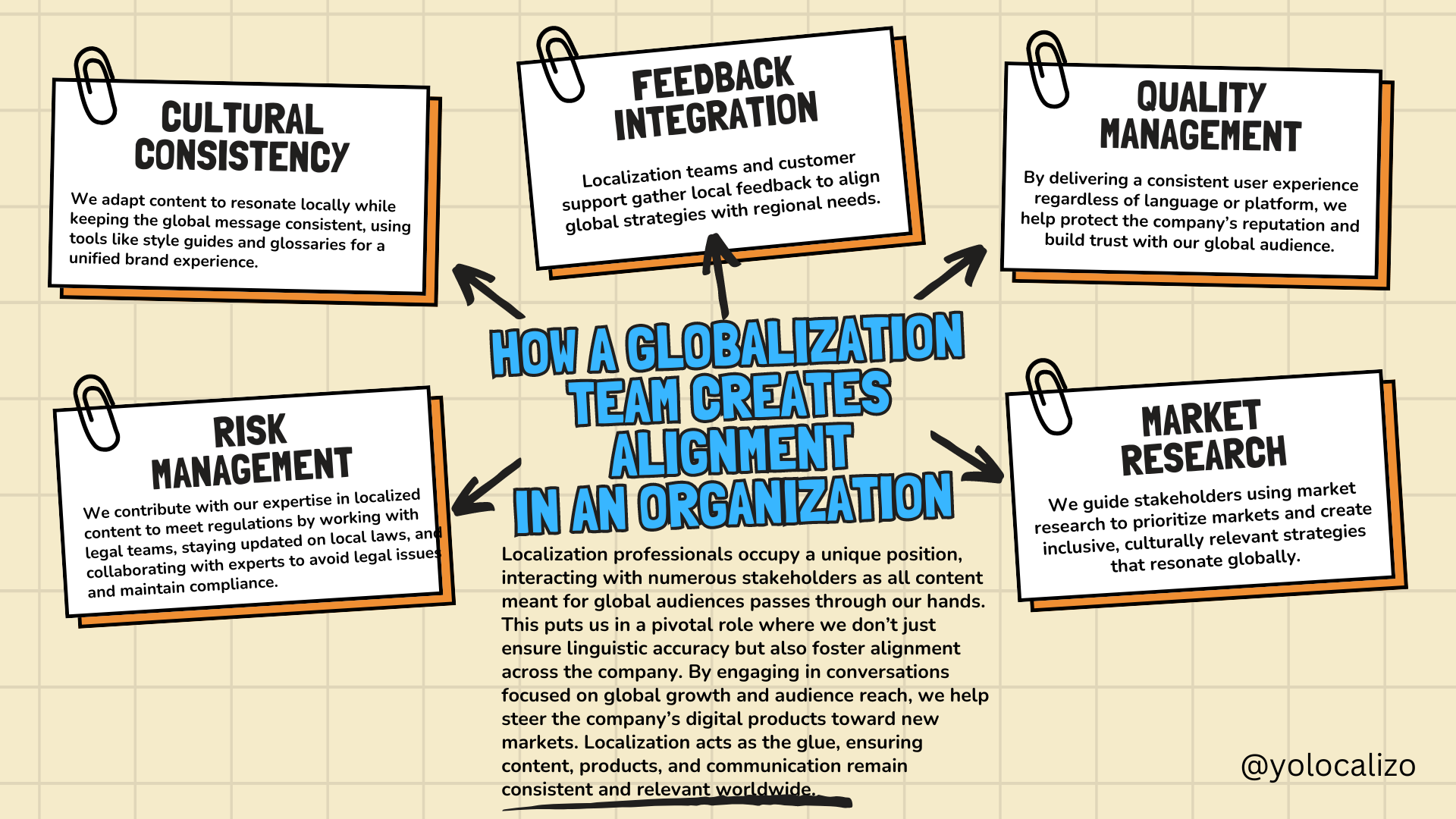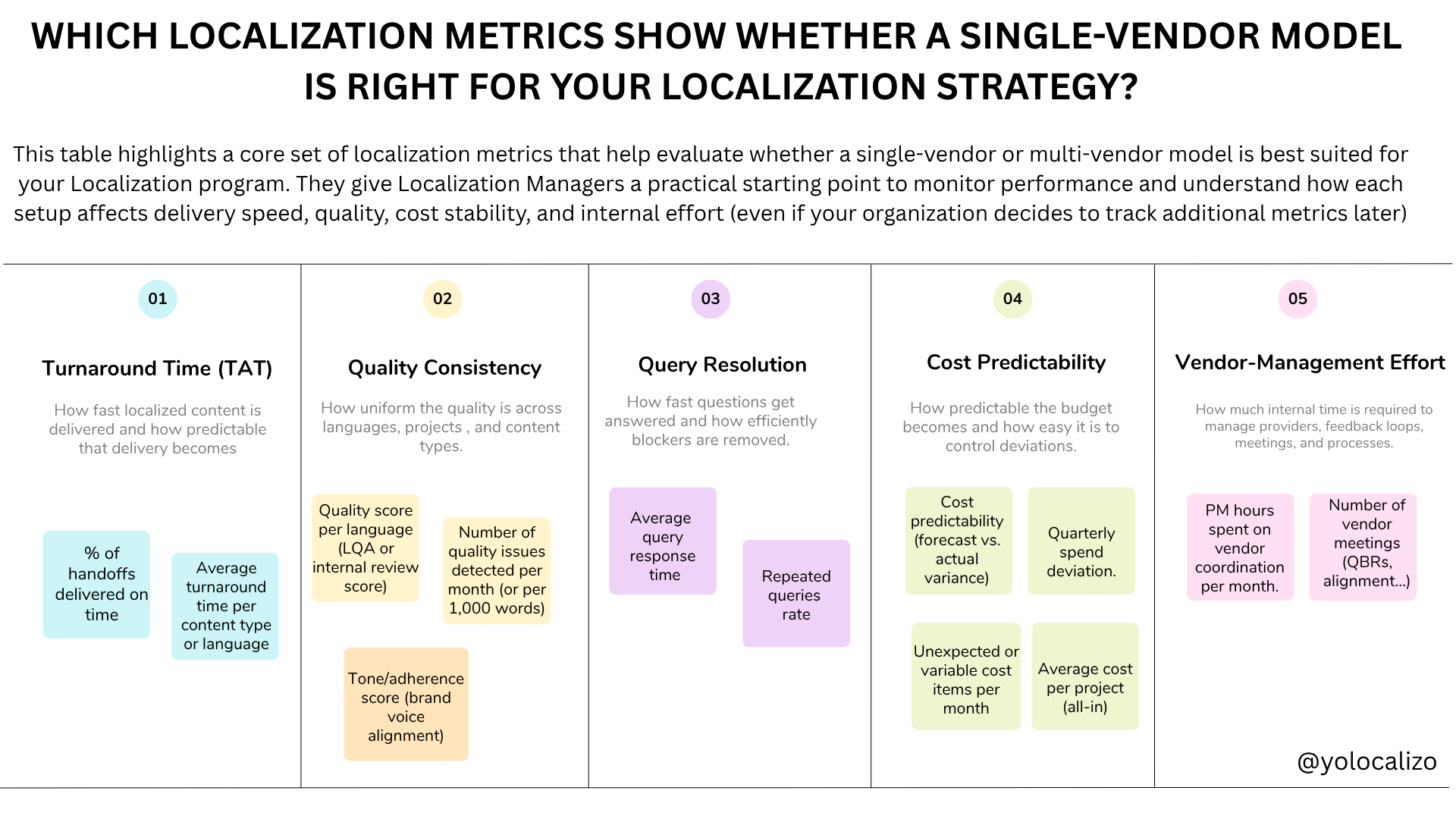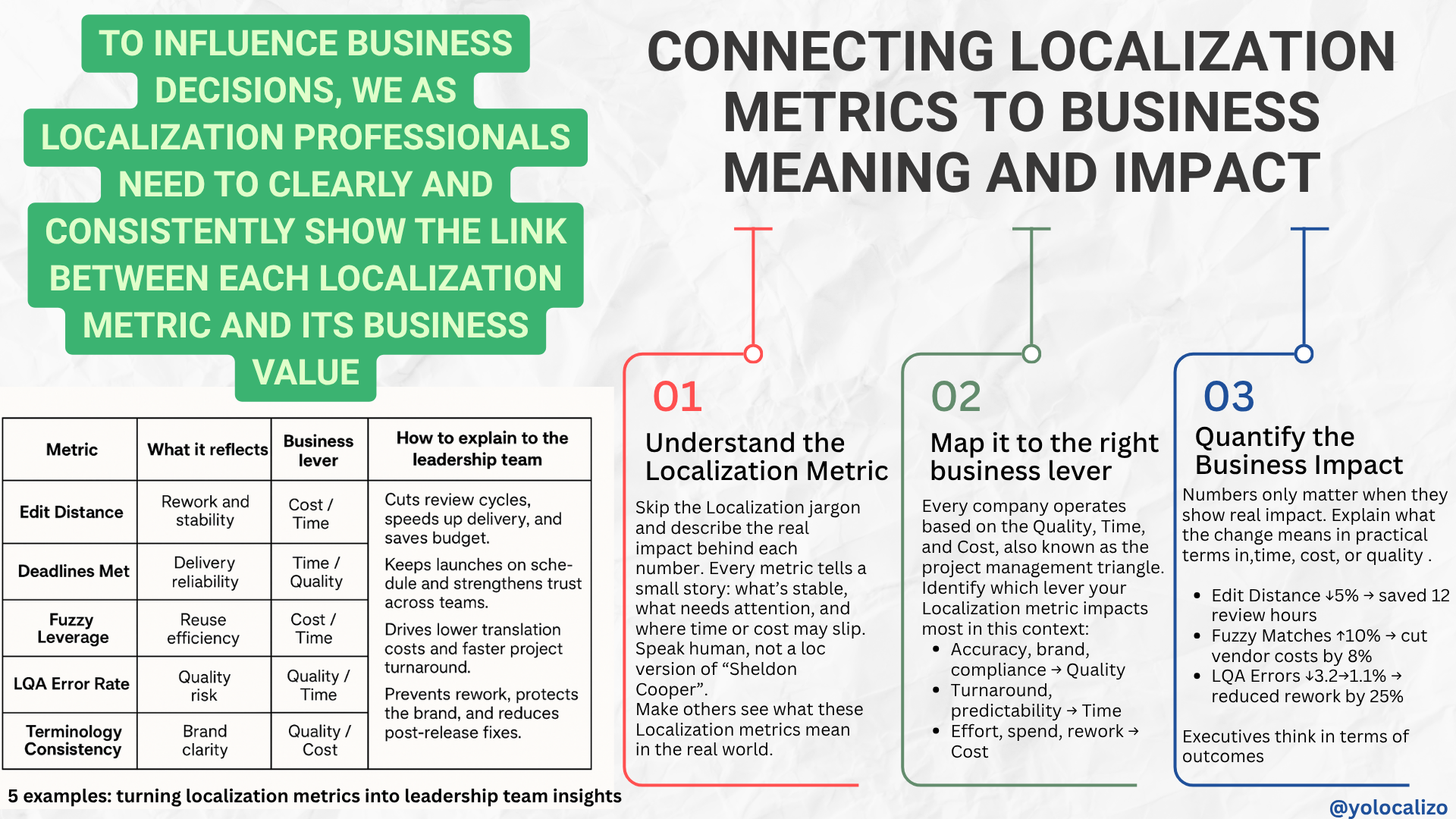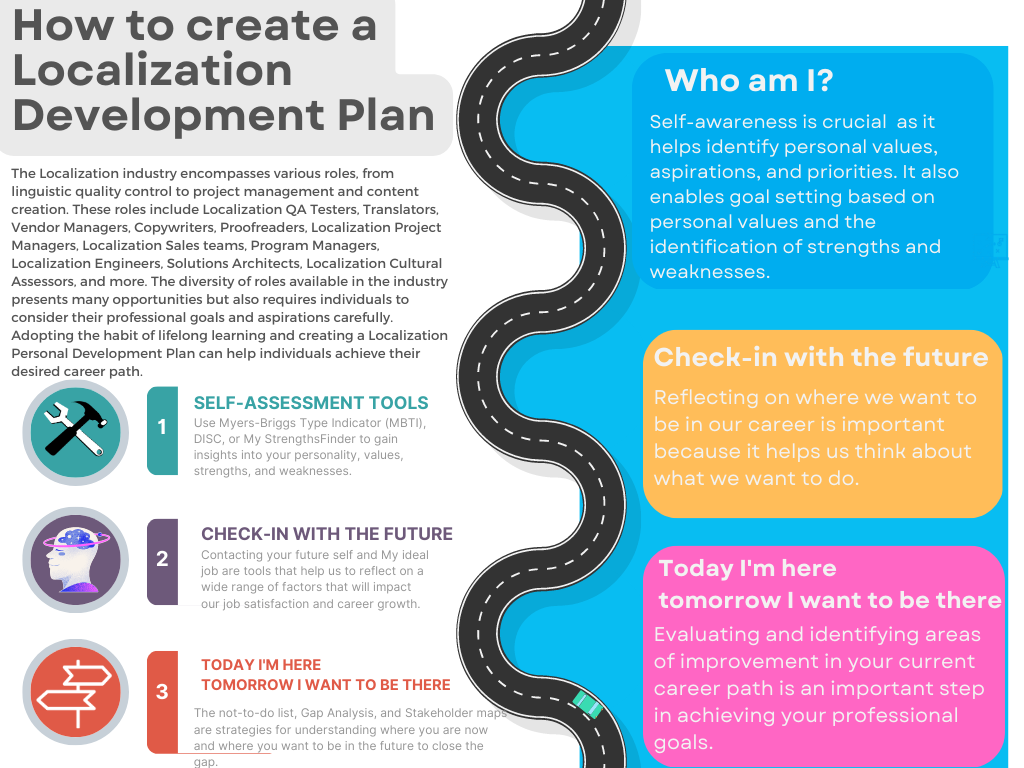We live in a time when a lot is happening! From pandemics to wars and layoffs almost every day in the technology sector to AI tools that improve week by week, it can be difficult to navigate the ever-evolving landscape. That's why this post is about how to create a Localization Personal Development Plan.
AI isn’t just changing tools, it’s changing expectations
Three years into working with AI in localization, I’ve seen the pressure build: automate faster, scale more, do it now.
But the real challenge isn’t the tech itself. It’s the gap between hype and reality , and what happens when teams are expected to act like everything’s already working.
In this post, I break down five common challenges that keep showing up, and what we can actually do about them.
Words have the power to shape perceptions and influence actions, which is why reframing is such a powerful tool. In localization, we can reframe our role from simply translating to driving alignment across the company. By ensuring content is consistent, culturally relevant, and strategically aligned with business goals, localization professionals play a key role in helping businesses grow globally. This post explores how we create that alignment and why our work is much more than just translation.
Choosing between a single-vendor or multi-vendor localization model is not only about price. The real difference shows up in the day-to-day metrics: turnaround time, quality stability, cost control, and how much coordination your teams need to do. In this post, I walk through the core metrics that tend to improve with a single-vendor setup, and how they can help you understand which model fits your localization strategy right now
Even when localization teams aren’t directly affected by a company reorg, everything around them can change fast sponsors move, teams merge, budgets shift.
That’s when weak governance shows its cracks.
This post explores how strong localization governance keeps programs stable, visible, and credible no matter how often the org chart moves.
Over the years, I’ve noticed that localization buyers, like the emotions in Inside Out, are often driven by one dominant need. Some are in survival mode, juggling too much. Others are just getting started and need guidance. Some care about speed, others about cost, and some are laser-focused on how things feel in-market.
Most localization discussions stop at per-word rates. However, what appears inexpensive on paper can often turn into costly delays, rework, and frustrated teams.
Total Cost of Ownership (TCO) provides a more comprehensive view, one that encompasses engineering fixes, QA cycles, support tickets, and brand impact.
When procurement and leadership focus only on price, localization becomes a cost center. When they consider TCO, it becomes a key driver of quality and efficiency. And this post explains how to approach that
Many teams treat localization vendors as interchangeable compare rates, sign the contract, move on. But every switch comes with invisible costs: lost context, quality dips, and team fatigue. In this latest post, I unpack what really happens behind a vendor change ( and how to prepare for it like a continuity project, not a quick fix)
Localization teams collect tons of data, edit distance, LQA errors, fuzzy matches, deadlines met, but too often, that data doesn’t speak the language of business. This post explains how to change that. By linking each localization metric to one of the classic project management levers, quality, time, or cost, and showing its real-world impact, we can turn linguistic KPIs into insights that leaders understand, value, and act on.
Let’s be honest. Our industry has not done a great job explaining the cost behind a good translation. What does the translation cost? Is it by word, per page, per type of document? We've been opaque for years about this topic. There are many reasons behind the cost of translation. This post will help you understand what you should take into consideration when purchasing a localization job.












This feels like a pivotal moment. Localization teams are being asked to support more markets, move faster, use AI responsibly, and show impact, not just output. Expectations are higher than ever, but many teams are still trained mainly for execution. We are strong at delivering localization work, yet we often struggle to move from output to outcome and to clearly explain the impact of what we do.